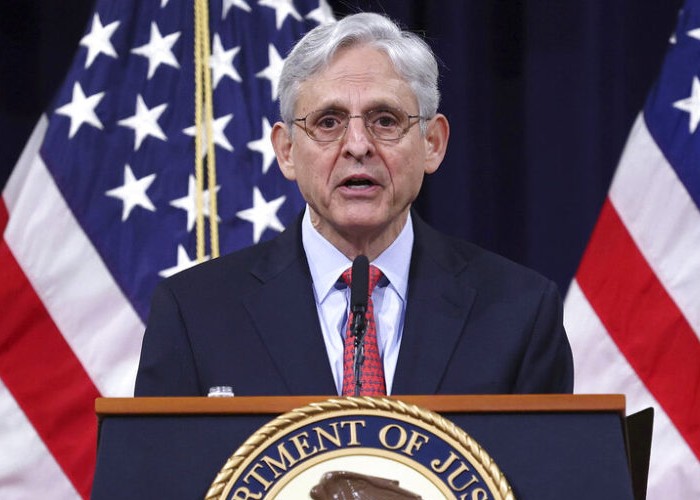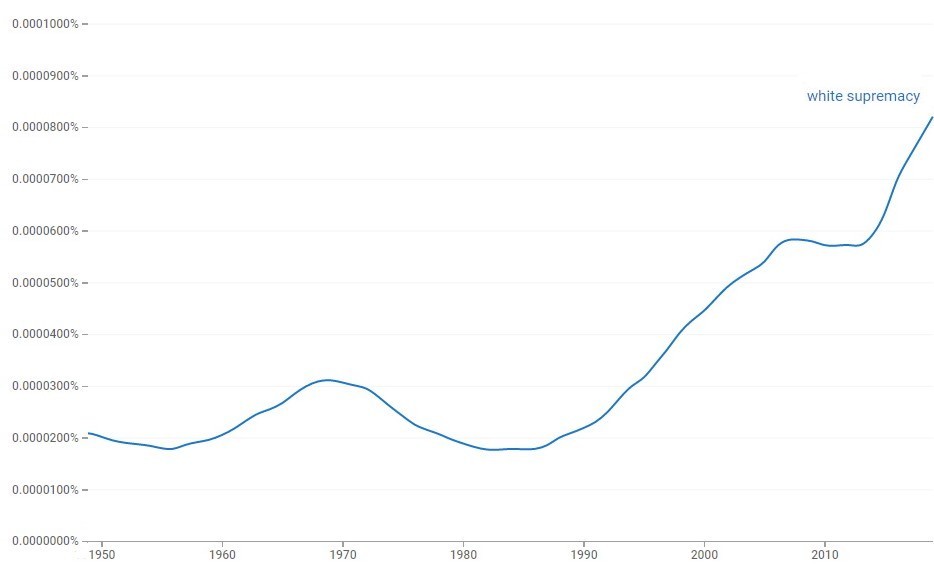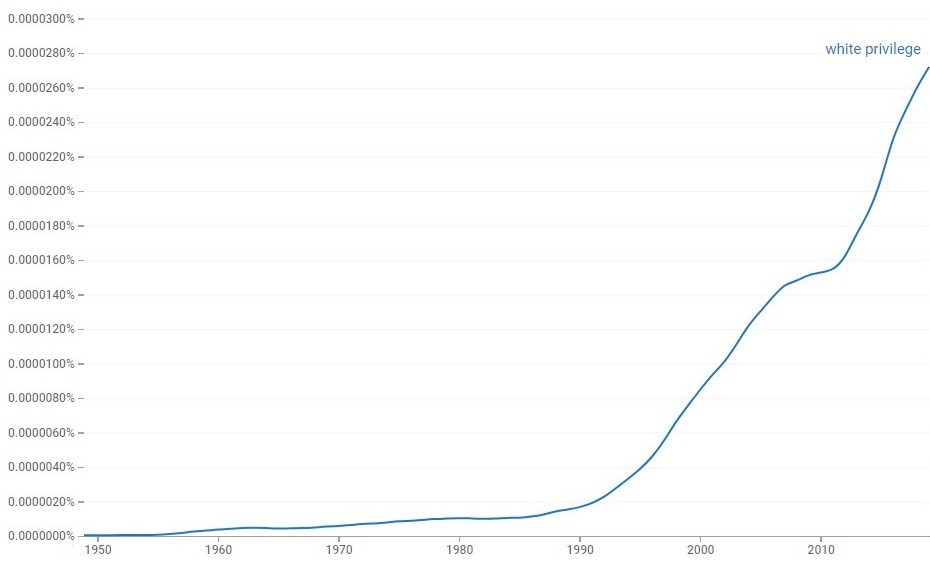Jewish History, Jewish Religion: A Review
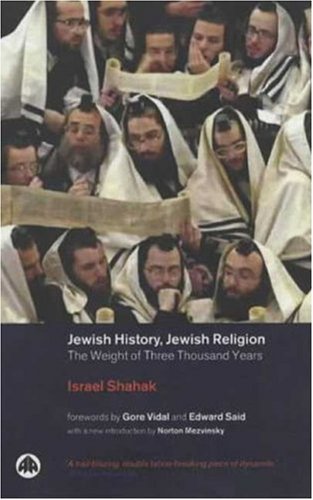
Jewish History, Jewish Religion
Israel Shahak
Pluto Press, 1994
For a thorough airing of Jewish dirty laundry, one cannot do much better than Israel Shahak’s Jewish History, Jewish Religion: The Weight of Three Thousand Years (JHJR). First published in 1994, JHJR, represents a humanist critique of classical and modern Judaism which extends to the pervasive anti-gentile attitudes of Jews throughout history. Much of Shahak’s critique leads to his condemnation of Israel’s current treatment of the Palestinians, but he also offers the gentile’s perspective whenever discussing historical conflicts between Jews and gentiles. Most importantly, however, Shahak underscores the blatant hypocrisy, the niggling legalism, and the chauvinistic ethnocentrism behind classical Judaism, as expressed in the Talmud and other post-biblical writings. While he focuses his ire on the fanatical rabbis—mostly in Israel—who still adhere to these antiquated doctrines and exert influence in the Israeli military, modern dissidents can implement Shahak’s historical and Talmudic analysis whenever countering the historical complaints Jews continually levy against gentiles, especially the white ones.
Shahak begins by demonstrating how the Jewish state of Israel exists to serve the interests of Jews first and foremost. Jews are protected and encouraged by the law in ways that non-Jews are not, especially when it comes to residency and commercial discrimination. Shahak recognizes that many of these discriminatory laws go unenforced in Israel, but they remain on the books. And some are enforced, or at least were as of the book’s publication. Shahak offers the example of Jews—but not gentiles—being legally allowed to lease an orchard from a Jew for harvest. He also describes the financial incentives Israel provides for its Jewish citizens to return to Israel after they leave, while not making similar offers to its non-Jewish citizens in similar circumstances. Further, Kibbutzes exclude Arabs and require that all non-Jews convert before joining. Underlying these double standards is what Shahak calls “the ideology of redeemed land.” Israeli land is considered “redeemed” when it belongs or is sold to a Jew. The same land in gentile hands would be considered “unredeemed.” The logical extension of this, as Shahak points out, is the ultimate redemption of all Jewish land. As of the 1990s at least there was debate as to how far outside Israeli’s current borders unredeemed Jewish land actually stretches.
Shahak connects this double standard to the closed society many religiously zealous Jews want Israel to be. Despite having great knowledge of Judaism, Shahak laments this, and wishes Israel be an open society. But achieving this will require some painful decisions on the part of Jewish Israelis. The following passage, I think, sums up his intentions with JHJR:
A Jewish state, whether based on its present Jewish ideology or, if it becomes even more Jewish in character than it is now, on the principles of Jewish Orthodoxy, cannot even contain an open society. There are two choices which face Israeli-Jewish society. It can become a fully closed and warlike ghetto, a Jewish Sparta, supported by the labour of Arab helots, kept in existence by its influence on the US political establishment and by threats to use is nuclear power, or it can try to become an open society. The second choice is dependent on a honest examination of its Jewish past, on the admission that Jewish chauvinism and exclusivism exist, and on a honest examination of the attitudes of Judaism towards non-Jews.
And if there are any positive attitudes towards non-Jews in Judaism, Shahak studiously does not mention them.
One of Shahak’s main contentions regarding classical Judaism is its totalitarian nature. He mentions how eighteenth-century Jews burned books, persecuted dissidents, banned non-Jewish education, and were absorbed in mysticism. Tolerance was not part of the equation, and Shahak quite cheekily points out how at times even unfriendly gentile societies were kinder to the Jews than the Jews were to themselves. He states bluntly that when Jews were liberated or emancipated throughout the nineteenth century, they were in many cases freed from “the tyranny of their own religion” rather than from any gentile oppression. He offers as an example the Metternich regime in Austria in the 1840s, which actually enforced laws protecting Jews from being murdered. Shahak makes a similar point regarding Tsar Nicholas I:
Nicholas I of Russia was a notorious anti-Semite and issued many laws against the Jews of his state. But he also strengthened the forces of ‘law and order’ in Russia—not only the secret police but also the regular police and the gendarmerie—with the consequence that it became difficult to murder Jews on the order of their rabbis, whereas in pre-1795 Poland it had been quite easy.
Shahak characterizes pre-emancipated Jewish societies as “sunk in the most abject superstition, fanaticism and ignorance” and describes how in the first Hebrew work on geography (published in 1803), the authors complained about how a great many rabbis were still denying the existence of America. He even cracks a joke about how these classical Jewish societies prohibited the study of secular material—except while on the privy:
One can imagine that those few Jews of that time who – no doubt tempted by Satan—developed an interest in the history of the French kings were constantly complaining to their neighbours about the constipation they were suffering from.
Shahak stresses how official Jewish histories of this period which ignore or deny any of this “bear the unmistakable marks of their origin: deception, apologetics or hostile polemics, indifference or even active hostility to the pursuit of truth.” As evidence of this duplicity, Shahak describes how before emancipation, rabbis continually subverted Christian censorship whenever Christians became aware of virulently anti-gentile passages in the Talmud and other writings. For example, terms such as “non-Jew” or “gentile” would be replaced with seemingly less offensive terms such as “idolator” or “Samaritan” which then served as euphemisms for the goyim. Shahak calls these efforts “a calculated lie” since once the rabbis felt secure enough in Israel centuries later, the original anti-gentile passages reappeared in modern editions of their holy books.
And as for anti-gentile language, there is a lot of it, and not just in the Talmud. The Hebrew word shaqetz refers both to unclean animals and to gentile children. In a work known as The Book of Knowledge, Jews are instructed to exterminate gentiles with their own hands (a passage wholly expunged from the book’s English translations). In the Hasidic text known as Hatanya, gentiles are considered Satanic creatures. The Halakhah, which outlines the legal system of classical Judaism and springs from the Babylonian Talmud, openly approves of war crimes (i.e., the killing of ostensibly good gentile civilians during war). In Maimonides’ Guide to the Perplexed, Blacks and some other nomadic races are likened to “mute animals” and “are not on the level of human beings.” (In the 1925 American translation, editors obfuscated this embarrassing detail by replacing the Hebrew word Kushim, meaning Blacks, with the nonsensical “Kushites”). There is a morning prayer in which Jews thank God for not making them gentiles. In another prayer, the worshipper declares, “and may the apostates have no hope, and all the Christians perish instantly.” Devout Jews are enjoined to utter a curse whenever passing a gentile cemetery or upon seeing a large gentile population. The fourteenth-century work called The Book of Education reinterprets seemingly universalist verbiage from the Bible into chauvinistic, pro-Jewish exhortations. For example, according to The Book of Knowledge, the verse “Thou shalt love thy fellow as thyself,” really means “Thou shalt love thy fellow Jew as thyself.” Finally, according to the Talmudic Encyclopedia, the intricacy of the law regarding adultery with gentile women reveals that, to devout Jews, all gentile women, even the ones who convert to Judaism, are presumed to be whores.
Keep in mind that while devout Jews were praying for the death of gentiles and while Jewish leaders were fully aware of the hidebound aspects of their own religion, they pressured the Catholic Church during the mid-20th century to remove the line about God forgiving Jews in one its Good Friday prayers; because, of course, to say such a thing would be anti-Semitic.
Perhaps the most astonishing aspect of JHJR is how petty and legalistic Shahak reveals Judaism to be. It seems that Judaism, as interpreted and re-interpreted over the centuries in the Talmud and other texts—down to the most trivial details—has provided the evolutionary bottleneck through which the Jews have become the world’s heavyweight champions of lawyers. In some cases, it’s as if God laid down the law in the Torah, and it’s up to His chosen people to find ingenious loopholes around these very laws—as if the All-Powerful Creator of the Universe were too obtuse to notice.
On the proscription against milking cows on the Sabbath, Shahak writes—hilariously—that according to Zionist rabbis:
the forbidden milking becomes permitted provided the milk is not white but dyed blue. This blue Saturday milk is then used exclusively for making cheese, and the dye is washed off into the whey. Non-Zionist rabbis have devised a much subtler scheme (which I personally witnessed operating in a religious kibbutz in 1952). They discovered an old provision which allows the udders of a cow to be emptied on the Sabbath, purely for relieving the suffering caused to the animal by bloated udders, and on the strict condition that the milk runs to waste on the ground. Now, this is what is actually done: on Saturday morning, a pious kibbutznik goes to the cowshed and places pails under the cows. (There is no ban on such work in the whole of the Talmudic literature.) He then goes to the synagogue to pray. Then comes his colleague, whose ‘honest intention’ is to relieve the animal’s pain and let their milk run to the floor. But if, by chance, a pail happens to be standing there, is he under any obligation to remove it? Of course not. He simply ‘ignores’ the pails, fulfills his mission of mercy and goes to the synagogue. Finally a third pious colleague goes into the cowshed and discovers, to his great surprise, the pails full of milk. So he puts them in cold storage and follows his comrades to the synagogue. Now all is well, and there is no need to waste money on blue dye.
This is funny. But when rules are laid down and then interpreted to not only benefit Jews but also to necessarily harm gentiles, it’s not funny. In Chapter Five, “The Laws Against Non-Jews,” Israel Shahak wrote it all down.
According to Maimonides’ Mishneh Torah, the Talmudic Encyclopedia, and R. Yo’el Sirkis’ Bayit Hadash, Jew-on-Jew murder is a capital sin, but Jew-on-gentile murder is not, and is therefore not punishable by any Jewish court. R. David Halevi declares in his seventeenth-century text Turey Zahav which comments on the Shulhan ‘Arukh that a Jew must not directly harm a gentile, but he allows for indirect harm of gentiles. Maimonides himself proscribes Jewish doctors treating gentiles. Basically, a gentile life must not be saved. For example, a Jew would not be allowed to shove a gentile down a crevice, but if the gentile is already in the crevice, the Jew is under no obligation to pull him out. Indeed, if there is a ladder which could facilitate the gentile’s rescue, the Jew may also remove the ladder.
Unless, of course, such indirect harm would then bring hostility upon the Jews as a whole. Then, and only then, would a Jew not be permitted to indirectly harm a gentile. This, I call “the hostility exception,” and Shahak brings it up a lot. Jews respect power, and this power more than any universal set of values informs their jurisprudence. When gentiles (or heretic Jews) are weak, they are afforded no mercy in the law. However, when gentiles are strong, then Jews are required to do the very minimum to not increase their hostility. One crass and recurring example of this was how Jewish doctors would be encouraged to treat wealthy gentiles, including kings, nobles, lords, and the like. But poor gentiles, never. Obviously, such self-serving codification defies any absolute sense of Right and Wrong—moral particularlism at its most egregious, and is one of the aspects of classical Judaism that Shahak finds so offensive.
This next one might be the worst of them all. According to the virulently anti-gentilic Maimonides in his “Prohibitions on Sexual Intercourse” (emphasis mine):
If a Jew has coitus with a Gentile woman, whether she be a child of three or an adult, whether married or unmarried, and even if she is a minor aged only nine years and one day—because he had willful coitus with her, she must be killed, as is the case with a beast, because through her a Jew got in trouble.
Get that? According to one of greatest Jewish scholars of all time, a Jew has license to murder, rape, and molest children as long as the victim is a gentile. And of course, the sanctity of gentile marriages amounts to nothing.
Here are a few more anti-gentilic laws, all of which adhere to the “hostility exception” described above:
- Gentiles are forbidden to bear testimony in rabbinical courts, since all gentiles are presumed liars.
- Jews must not offer gifts to gentiles.
- Jews must exact interest when lending money to gentiles.
- Jews must never return items lost by a gentile.
- Jews shall not deceive other Jews in business, but may practice “indirect deception” when doing business with a gentile.
- Jews shall not steal without violence from anyone, gentiles included. However, there are certain circumstances under which they may steal with violence from gentiles under their control.
- Jews are forbidden to sell unmovable property (i.e., structure and land) to gentiles in Israel.
Towards the end of JHJR, Shahak bluntly states something that most counter-Semites know as fact:
It must be emphasized that the explanations quoted above do represent correctly the teaching of the Halakhah. The rabbis and, even worse, the apologetic ‘scholars of Judaism’ know this very well and for this reason they do not try to argue against such views inside the Jewish community; and of course they never mention them outside it. Instead, they vilify any Jew who raises these matters within earshot of Gentiles, and they issue deceitful denials in which the art of equivocation reaches its summit.
Shahak states further that Judaism is imbued with both hatred and ignorance of Christianity, and that this is largely independent of any Christian persecution of the Jews. Thus, he often takes the gentile perspective when reviewing Jewish history in JHJR. He makes it clear that even the poorest Jews were better off than serfs. He also points out that Jews, as agents of kings or nobility, often exploited the peasantry, especially in Poland. He doesn’t deny that European peasants triggered anti-Jewish uprisings throughout history, but he also lists historical peasant uprisings that had nothing to do with Jews. Clearly then, what Jews call “anti-Semitism” is not inherent to European peasants. Shahak says the quiet part out loud when concluding that Jewish influence declines when gentile nations assume a more nationalistic (read: ethno-nationalistic) attitude and have a greater political connection between the rulers and the people—what it now termed populism in American political culture. There is a long history going back at least to the 1930s of Jewish anti-populist writing (Chapter 5 of The Culture of Critique)—writing that eventually penetrated American academic and media culture with the rise of Jewish power.
Most damningly, Shahak states:
Before the advent of the modern state the position of the Jews was socially most important, and their internal autonomy greatest, under a regime which was completely retarded to the point of utter degeneracy.
In other words, Jews readily made alliances with oppressive, degenerate non-Jewish elites and participated with these elites in exploiting the non-Jewish population.
Certainly, viewing the Jewish Question through the lens Israel Shahak provides us in JHJR makes things much clearer. He provides cogent reasons why gentiles oppressed Jews in the past or evicted them from their nations. Still, we should remember that Shahak was no fellow traveler of the Dissident Right. Like any good liberal humanist, he opposed all race-based policies, laws, and nations. He opposed ethno-nationalism in toto and often chided Jews (for example, Rabbi Schneurssohn of New York city) for having anti-Black attitudes—the same anti-Black attitudes that many race-realist White dissidents have today. White people founding pro-White nations would have been just as odious to him as the Zionists who had founded Israel. Most questionably, Shahak on multiple occasions in JHJR expresses a high regard for the ideas behind the French Revolution without mentioning any of its concurrent chaos and atrocities. This should give a clear indication of where he stands as a pollical thinker.
Most importantly, we should keep in mind that Jewish History, Jewish Religion does not condemn modern Jews for the overt racism of their classical religion (excluding those instances when classical Judaism informs their treatment of the Palestinians). Nor should it—since no people is without historical sin. However, the best take from this important and fascinating book is the underscoring of the present sin being committed by most Jews today; that is, blaming gentiles, especially the white ones, for bad things in their past, while astutely ignoring similar bad things in the Jewish past.
A critical mass of Jews who stop doing this will do much to lift the burden of three thousand years.

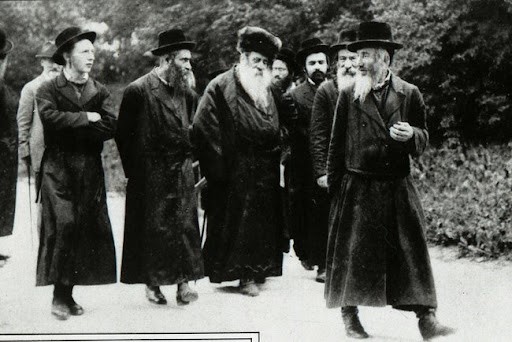

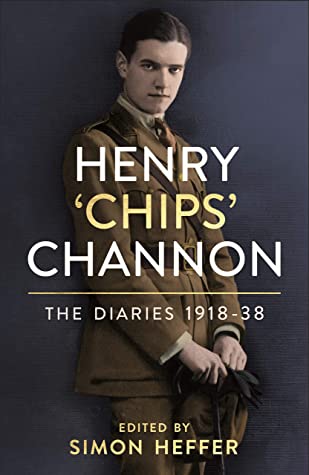
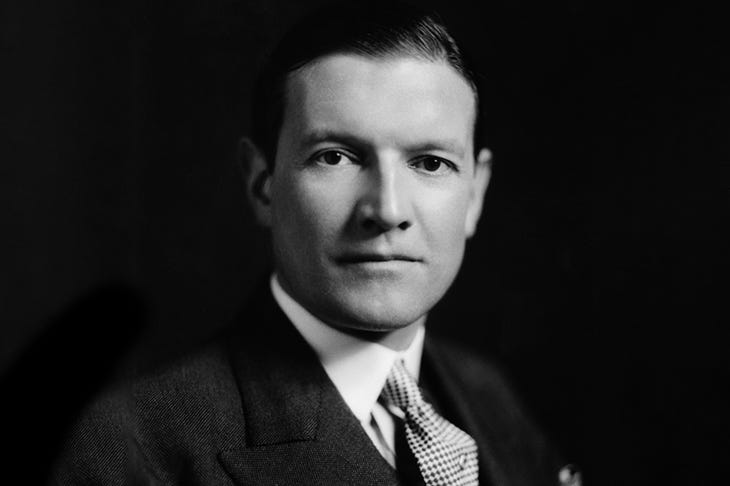
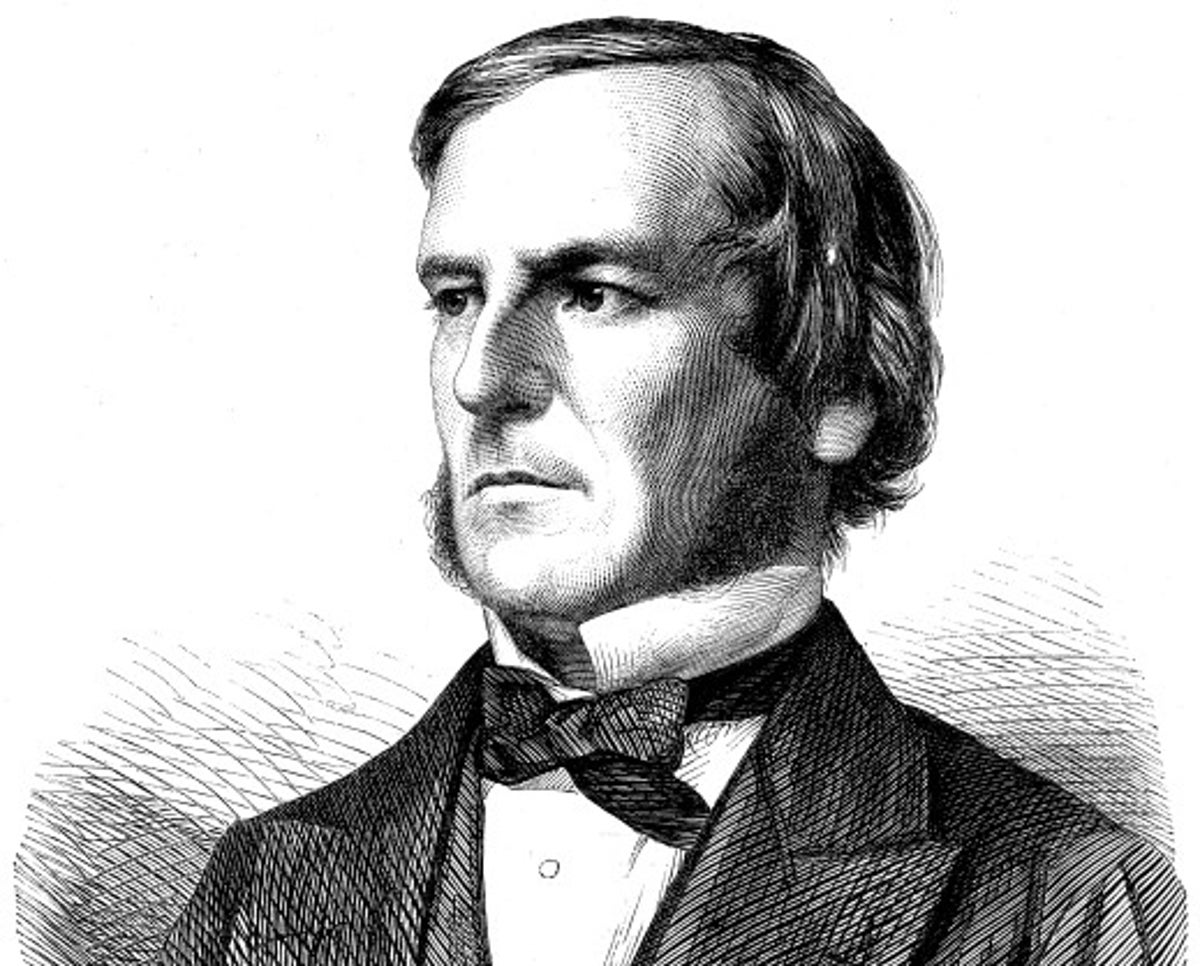 The White genius George Boole
The White genius George Boole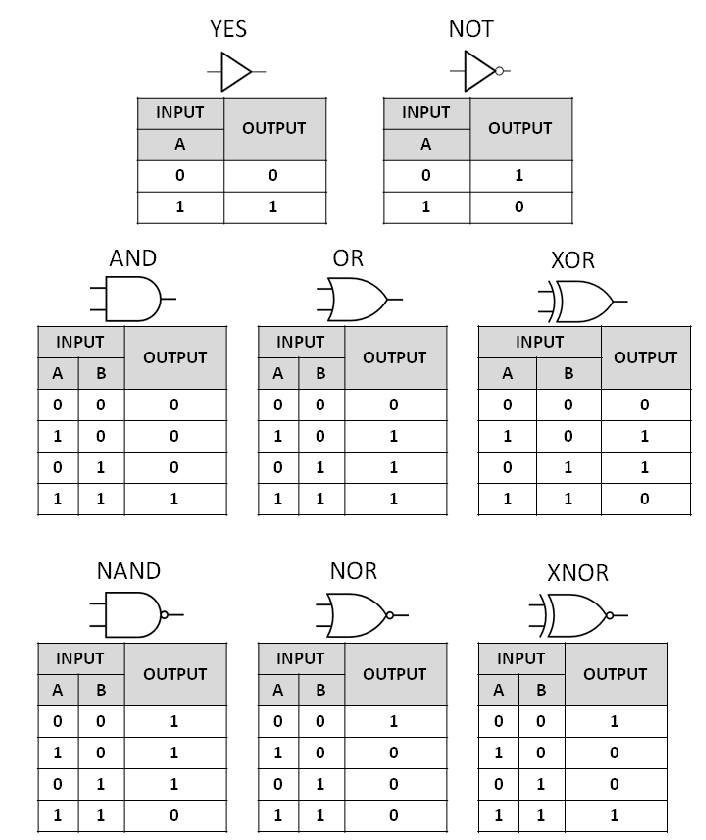 Some Boolean logic
Some Boolean logic